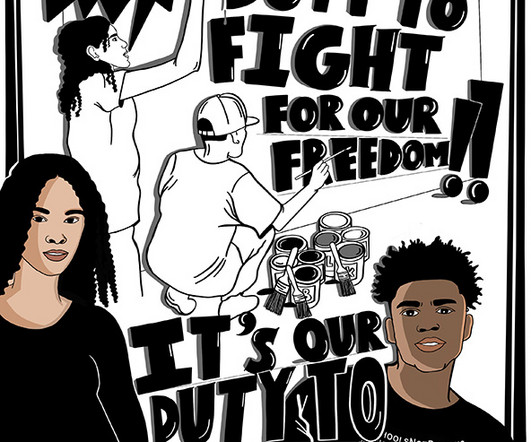Building Youth Power
Stanford Social Innovation Review
JULY 31, 2023
Primed by the undocumented youth movement at the beginning of the decade, and drawing energy from the allied Movement for Black Lives in the latter half, these groups engaged growing numbers of adolescents in addressing local, regional, and even statewide issues. As a sophomore, Kahlila collapsed from dehydration at a school event.












Let's personalize your content